Sony A900: A Closer Look at 24.6MP Resolution and Noise
by Wesley Fink on October 27, 2008 2:00 AM EST- Posted in
- Digital Camera
Sony A900 vs. Nikon D700
Before we begin our noise comparisons we asked the question, "How do you actually compare a 12MP full-frame sensor to a 24.6MP full-frame sensor?" This question is important since the same image shot with the A900 from the same position with the same lens will contain twice as many pixels in a given picture area than an image shot with a 12MP sensor. This was a moot point when image resolution went from 8 to 10MP or 10 to 12MP, but the Sony sensor is double the resolution of competing full-frame cameras and the question becomes more important.
Any who have printed large images from a digital file will immediately understand our question. It is very clear that a larger noisy image when printed smaller often looks like it has very low noise. This is why we often say noise would be good enough for small prints but not for big enlargements. The noise becomes more apparent as the image size is increased.
Our tests didn't land on either side of this issue. Instead the decision was made to provide both same pixel size crops and 0.5x crops; the latter represent the same area of the image as the 12mp cameras in each capture. The same pixel crops are 150x250 actual pixels captured from both images. The 0.5x crops are twice the number of pixels in a 212x353 capture that has been adjusted from the standard 350dpi to 248dpi so the crop you are viewing is approximately the same size as the crop from the 12MP camera. That is the reason for the two crops for the Sony A900. The regular view is a pixel-level 150x250 crop, while the 0.5x is a double the pixels crop adjusted for the same image area as the 12MP crop. We will leave it to you to decide which is the more relevant of the two crops for the A900.
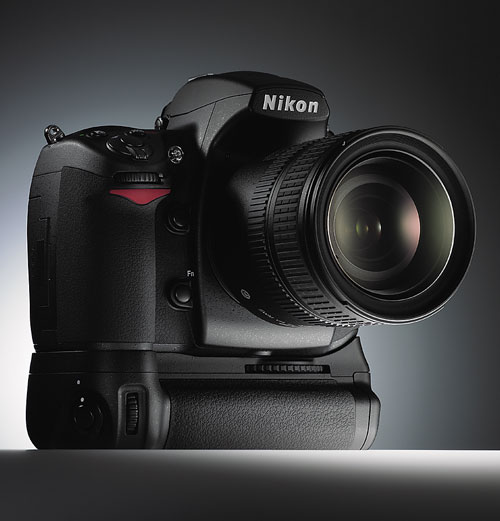
The Nikon D700, which was introduced just a couple of months ago, uses the same full frame sensor used by Nikon in the $5000 D3. The incredibly wide ISO sensitivity range to an expanded 25600 is also maintained, but the price has been reduced to just below $3000. The Nikon D700 also features one of the fastest burst rates in the full-frame class at 5 FPS, and that can be extended to 8 FPS with the battery grip powered by the Nikon Pro battery or six AA cells.
Looking at the 0.5x samples for the A900 it is hard to escape the fact that looking at noise alone the Nikon D700 is about two stops better than the A900 in high ISO performance. The D700 ISO 6400 output is very similar in noise to the A900 at ISO 1600. Similarly, the A900 ISO 3200 and 6400 compare to the D700 ISO 12800 and 25600. Noise is only part of the A900 story, however. If you look closely at the amount of detail in the A900 crops and pixel peep the full images, you will see the A900 captures more detail than the D700 - even at high ISOs when noise begins to intrude in the A900 images.
The high ISO performance of the Nikon D700/D3 sensor, as everyone already knows, is without equal. That should not come as a surprise since the pixel density of the Sony A900 is double the Nikon D700. On the other hand, nothing currently on the market really comes close to the resolution and detail captured by the A900 sensor. Those who thought 24.6MP would make little difference are just wrong, as the increase in captured detail is very clear.


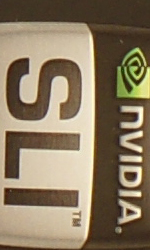
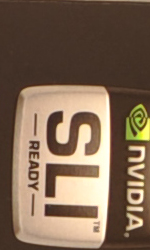
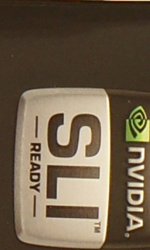


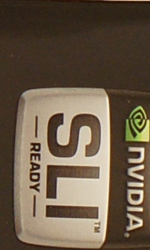
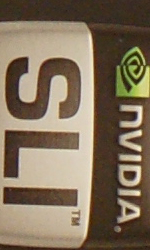
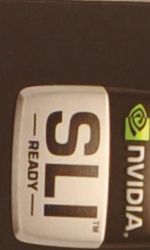
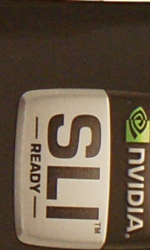

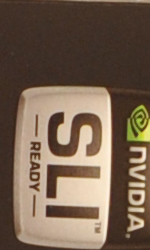
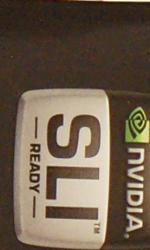
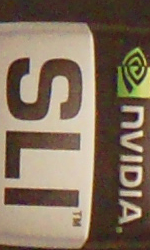
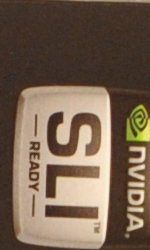

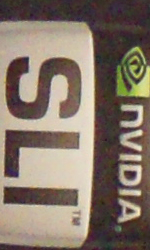
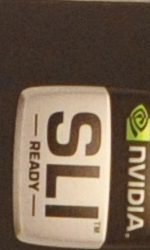
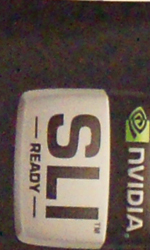
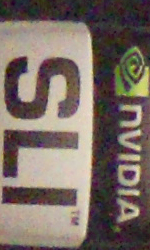

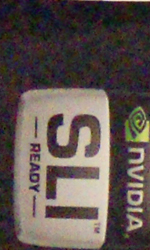
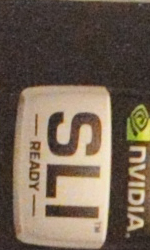
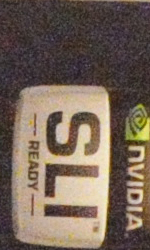








45 Comments
View All Comments
Wesley Fink - Monday, October 27, 2008 - link
We plan to begin using another target in our full-frame DSLR roundup to come when th 5D Mk II is finally shipping. There is already a huge database of "component boxes" test shots and it makes more sense to make a change when you can provide a group using the new setup.Cameras that are reviewed do not stay in our possesion forever, so it really isn't always possible to reshoot models that were tested in earlier reviews. At present we buy all the models reviewed on the open market and resell them soon after the review is completed.
haplo602 - Monday, October 27, 2008 - link
Actualy they can't because they want to be different. there's a reason why you find NR/high ISO test done on a color checker chart on the other sites, while you get a 3 color (ok black, white and green) on AT.Using a color checker chart would be too mainstream it seems ...
xsilver - Monday, October 27, 2008 - link
odd also that more wasnt mentioned about the actual revolutionary things about the a9001) dual bionz chip allowing 24mp images at 5fps
2) in body IS for a FF sensor (first)
Wesley Fink - Monday, October 27, 2008 - link
We chose not to republish our preview as part of the final review as some other sites do. However the hands-on preview is linked in the first sentence of the review. The points you make are covered in detail earlier in that article. We also mention both points in this review but we did not go into detail about them again.If enough readers want it we can include the preview information again in the final review. Some important cameras, like the A900, tend to generate a series of articles exploring different aspects of the camera.
xsilver - Tuesday, October 28, 2008 - link
I think a field test of the IS system would be goodeg. 70-200mm canon USM IS vs sony 70-200mm with body IS
which is better? how many stops exactly.
maybe also a test with something wide like a 35/50mm
I think just repeating what they are is not much of a test.
For the fps test, you could run it through some different memory cards and see if the write speed is affected.